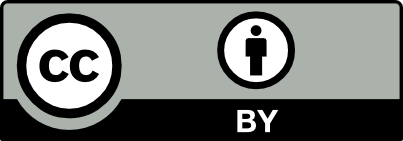Physics Maths Engineering
On-demand quantum light sources for underwater communications
Peer Reviewed

Related Subjects
Abstract
Key Questions
What are on-demand quantum light sources?
On-demand quantum light sources are devices capable of producing single photons with high purity and controllability. They are critical for quantum communications and cryptography applications.
Why is quantum communication challenging underwater?
Water absorbs most optical wavelengths, limiting photon propagation to a few meters. Finding wavelengths with minimal absorption, such as the blue region around 436 nm, helps overcome this challenge.
How do B-centres in hBN enhance underwater communication?
B-centres are quantum defects in hexagonal boron nitride that emit photons at 436 nm, a wavelength with minimal absorption in water, ensuring efficient and secure data transmission.
What is Quantum Key Distribution (QKD), and how does it work underwater?
QKD is a secure communication protocol using single photons to encrypt data. B-centres in hBN facilitate underwater QKD by maintaining photon purity and minimal transmission loss through water.
What are the practical challenges of implementing underwater quantum communication?
Challenges include managing photon scattering, ensuring high emitter purity, and optimizing photon detection rates to counter environmental and equipment limitations.
Summary Video Not Available
ARTICLE USAGE
Article usage: Dec-2024 to May-2025
| Show by month | Manuscript | Video Summary |
|---|---|---|
| 2025 May | 51 | 51 |
| 2025 April | 77 | 77 |
| 2025 March | 66 | 66 |
| 2025 February | 72 | 72 |
| 2025 January | 132 | 132 |
| 2024 December | 5 | 5 |
| Total | 403 | 403 |
| Show by month | Manuscript | Video Summary |
|---|---|---|
| 2025 May | 51 | 51 |
| 2025 April | 77 | 77 |
| 2025 March | 66 | 66 |
| 2025 February | 72 | 72 |
| 2025 January | 132 | 132 |
| 2024 December | 5 | 5 |
| Total | 403 | 403 |


